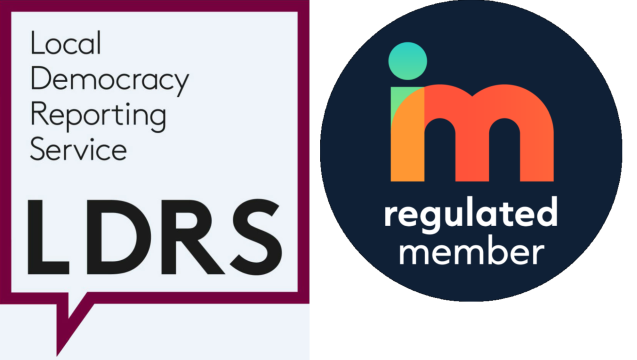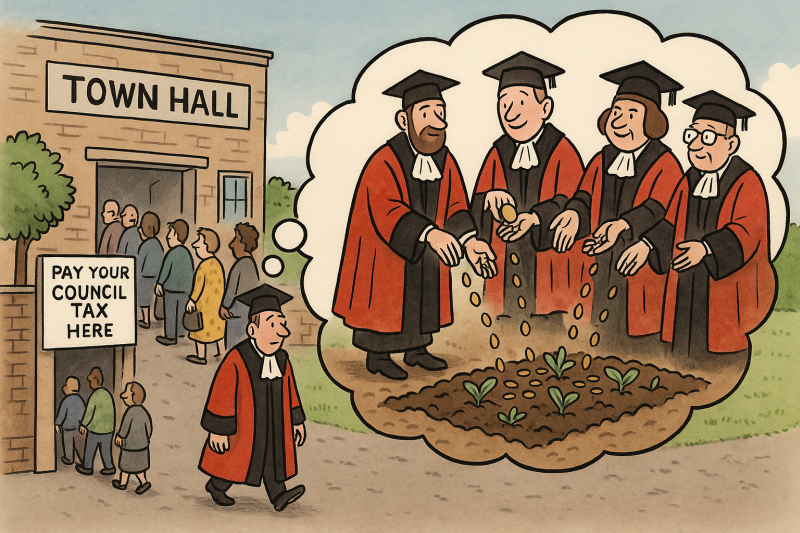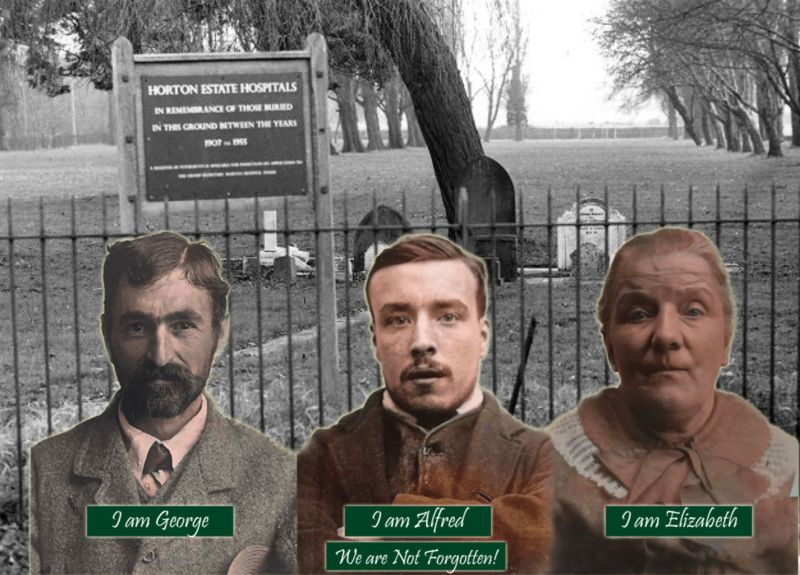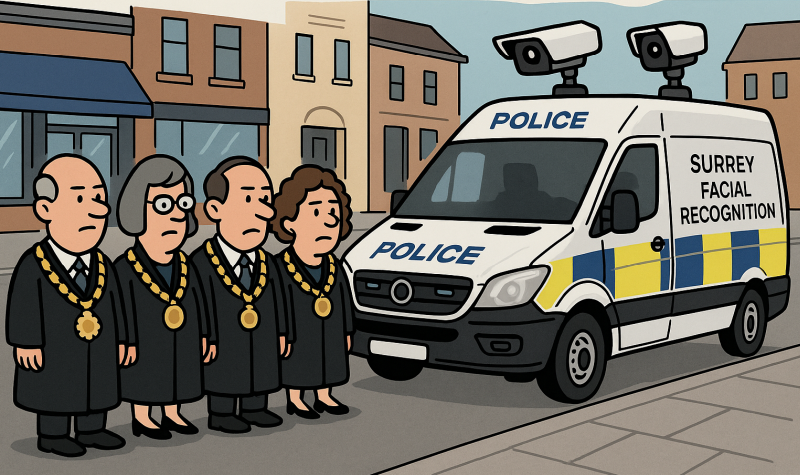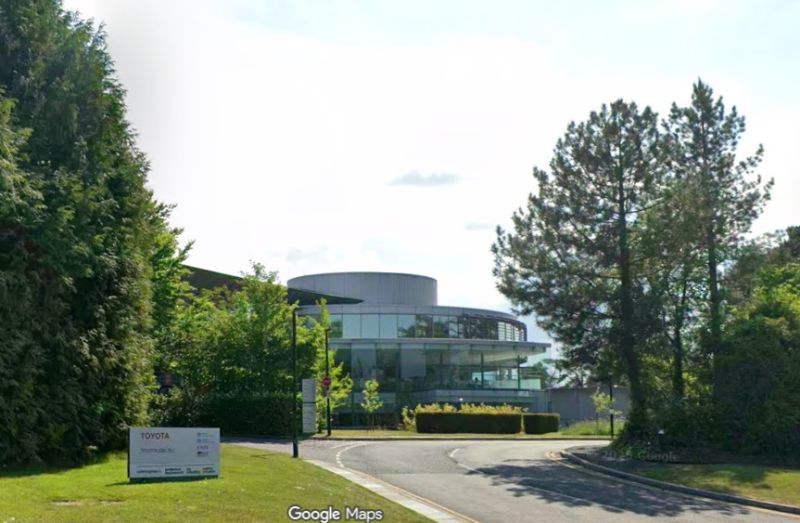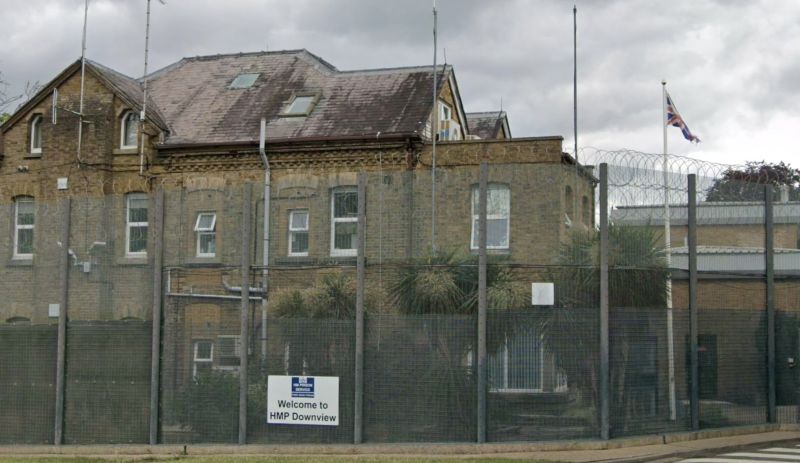Can the green light to Epsom’s Green Belt housing turn red?
Letters to the Editor
From Tim Murphy of the Surrey Campaign to Protect Rural England
A Dark Day for Epsom and Ewell
Dear Editor,
I write with deep disappointment and dismay at the decision by Epsom & Ewell Borough Council (EEBC) to approve a draft Local Plan that sacrifices Green Belt land in our borough for housing development. This decision marks a dark day for Epsom & Ewell and represents a significant betrayal of the community’s trust and values.
On December 10, EEBC councillors voted by 16 to 8, with 7 abstentions, to approve the latest draft Local Plan, which proposes releasing large areas of our much-valued Green Belt. Planning officers claim councillors had no choice due to Government housing targets. However, this argument does not excuse the council’s willingness to surrender cherished green spaces. The community clearly recognizes the value of protecting our countryside, even if the council does not.
Public opposition to the loss of Green Belt land has been overwhelming. During last year’s consultation, more than 1,500 residents responded, with 87% opposing any Green Belt development. A petition against the loss of Green Belt land attracted an astonishing 11,000 signatures, and a subsequent petition was so strongly supported that councillors were forced to debate it at the December meeting. The message from residents is clear: we do not want our Green Belt sacrificed for development.
It is worth emphasizing that the council’s own Green Belt study concluded that the vast majority of the borough’s Green Belt is performing its intended function. This includes Horton Farm and Hook Road Arena—two areas now designated for housing—which were identified as “highly performing” under the Government’s own criteria. Why, then, is the council choosing to give up such valuable land?
Protecting our Green Belt is about more than preserving open spaces. It is essential for public health, biodiversity, climate change mitigation, and preventing urban sprawl. Epsom & Ewell has largely resisted London’s sprawl, maintaining its identity as Surrey’s smallest district. Its open spaces are limited to either municipal parks or the Green Belt, yet these are now at risk. Over the past 25 years, the borough has already absorbed significant population growth through large housing developments on former hospital sites.
The council’s reliance on private developers to address local housing needs is deeply flawed. Private housebuilders often fail to deliver affordable homes, using “viability assessments” to argue that profits would be insufficient if they included the required number of affordable units. For example, a recently approved development on Green Belt land in this borough includes no affordable housing at all.
If EEBC were serious about tackling local housing needs, it would prioritise socially rented housing by working with central government and housing associations to develop urban brownfield sites and town-centre locations. Instead, the council appears intimidated by unrealistic housing targets set by Whitehall and has chosen to offer up our Green Belt as an easy sacrifice. This raises serious questions about local democracy and accountability.
The council’s decision disregards the wishes of the community it is supposed to serve. It is vital that we continue to challenge this plan and advocate for a future where Epsom & Ewell’s Green Belt is valued and protected for generations to come.
Yours faithfully,
Tim Murphy, Trustee Surrey Campaign to Protect Rural England
From Katherine Alexander of The Epsom Green Belt Group
Dear Editor,
The ink is barely dry on Epsom & Ewell Borough Council’s signing off on the draft Local Plan when it has been rendered obsolete.
The Epsom Green Belt Group warned the council that failing to accelerate the Local Plan process would result in disaster for the borough, and that disaster has now arrived.
The Local Plan will now be caught by the revised National Planning Policy Framework issued today by the government.
Prior to today, the council had the option not to review Green Belt boundaries and not to argue for exceptional circumstances to build on the Green Belt. It chose not to do either, but instead to revise Green Belt boundaries to permit development. Seven and a half years of delays have led us to this point.
The government has focussed its headlines on building on the ‘greybelt’ to make their plans sound palatable. However, the ‘greybelt’ definition is a smokescreen for much broader development that they want to portray. This is for two reasons:
1. All Green Belt qualifies as ‘greybelt’ except:
- Strips of land at the edge of a borough that separate it from built-up sections of neighbouring boroughs.
- Land that ‘strongly contributes’ to ‘checking the unrestricted sprawl of large built-up areas.’
In Epsom & Ewell, 22 of the 53 parcels of Green Belt land in the council’s analysis fail to meet either of these criteria and would therefore be classed as greybelt under the new definition. No disused petrol stations to be seen anywhere.
One of the parcels that would remain Green Belt, not greybelt, under this definition is Horton Farm. However, the council has voluntarily included it in the plan.
2. The NPPF states that where there is insufficient greybelt land to meet the new housing target, councils must find enough Green Belt land to make up the difference (para 148).
The only hint of protection is if that Green Belt land need not be released if it ‘would fundamentally undermine the purposes (taken together) of the remaining Green Belt when considered across the area of the plan.’ There is no guidance available as to what that means in practice, but as Epsom Common and Horton Country Park will remain, this exception is unlikely to help either.
What then is the new housing target for Epsom?
889 dwellings per year. That is almost five times the historical house building rate in the borough (c.189 per year) and more than three times the rate in the proposed Local Plan (c.273 per year).
Every scrap of available land will need to be included in the plan, and even then it won’t be enough to get close to the target.
The council only has itself to blame. It has failed to protect the borough, and the government has made it so the price for that failure is astronomically high.
After over 7.5 years of delays, the council’s task now is to work quickly—hitherto anathema to them—to review the NPPF in detail and work out whether any of the Green Belt can be saved under the new rules. This may mean taking out land that it had already included, because there is an argument to protect it (such as Horton Farm) in order to mitigate and minimize the disastrous impacts for the borough.
The previous excuse for progressing with an unpopular plan was to protect the borough from speculative development. Because of their delays, there will be no land left for speculative development. Perhaps they’ve got their wish.
Yours faithfully,
Katherine Alexander
From Epsom and Ewell Borough Council
Epsom & Ewell Proposed Submission Local Plan (Regulation 19) Consultation to go ahead as soon as possible
10th December Councillors voted to approve the Epsom & Ewell Proposed Submission Local Plan (2022-2040) and that the Regulation 19 Consultation should take place at the earliest opportunity. The Regulation 19 Consultation is the final opportunity for residents to feedback on the plan before it is submitted for independent examination next summer.
At the meeting of Full Council, Councillors heard from a petitioner who requested that all green belt land should be removed from the Proposed Submission Local Plan except for previously developed land. This was debated by Councillors during the meeting, before the vote.
Commenting after the meeting, Councillor Peter O’Donovan, Chair of the Licensing and Planning Policy, said “The Proposed Submission Local Plan provides a vision for our borough that strikes a balance between providing much needed homes including affordable housing, infrastructure, and support for local businesses whilst ensuring enhanced protection for biodiversity and our borough’s green spaces, and protecting the valuable local heritage and character of our borough’s towns and villages.
“It is challenging to find a path that meets the many different needs of all our communities, and not everyone may agree with every aspect of this plan. However, having listened to all the feedback, and examined the comprehensive evidence base, we feel strongly that this plan ensures that everyone in our borough, both now and in the future, is given the chance to thrive in Epsom & Ewell.
The Regulation 19 Consultation will take place at the earliest opportunity. We will announce the dates on our website and on social media as soon as they are confirmed.”
An up-to-date Local Plan protects the borough from ad hoc and inappropriate development and ensures responsibility for future planning decisions remains with the borough and its communities. It provides a framework for where in the borough new development should go and where should be protected.
Epsom & Ewell Borough Council consulted on the Draft Local Plan in February and March 2023. The comments received on the Draft Local Plan, along with the local evidence base, informed the Proposed Submission Local Plan. The Regulation 18 consultation feedback summary report, which shows how the council has taken account of the feedback received, can be found here: Consultation response statement
During the Regulation 19 Consultation residents, visitors and local businesses can comment on whether the plan is legally compliant and sound, in accordance with the National Planning Policy Framework. Guidance on how to respond will be published on the council’s website.
Responses collected as part of the consultation will be sent to the Planning Inspectorate with the Proposed Submission Local Plan and the evidence base documents.
Dear Editor
As someone involved in the Save Epsom Green Belt campaign I just cannot contain my disbelief and anger at the local Council.
Last week the majority of them went ahead with a policy to build on our wonderful and well used recreational green spaces doubtless under some ‘exceptional circumstances’ clause.
Obviously, as already said many times and with recent letters to you, it is nevertheless worth reminding all your readers of the true devastating significance of this decision.
It is a Residents’ Association Majority Council. They are supposed to represent the local residents: the clue is in the name! They have not and should be ashamed at letting us down despite the many efforts to stop this. I understand that Epsom is the smallest Surrey Borough yet the most populated for its size. As many of us know, the present infrastructure is overloaded: schools, the hospital, GP surgeries, roads viz. Ruxley Lane in rush hours!
This building programme will further exacerbate the problem and severely restrict the country wide environment and its diverse wildlife. No doubt developers are already rubbing their hands with due opportunism as, thanks to the Residents’ Association Group, the local Green Belt vanishes FOR EVER! YES, WITH NO COMING BACK.
Yours Faithfully,
Dr Ted Bailey
West Ewell
From Epsom and Ewell MP Helen Maguire
Dear Editor,
Housing in Epsom and Ewell: A Call for Community-Led Solutions
I write to express my deep concern over the Government’s recently announced planning framework, which enables developers to bypass locally elected councillors and pressures councils to review precious green belt land for development. For communities like ours in Epsom and Ewell, this approach represents yet another example of Whitehall ignoring the voices of local people who are best placed to decide what their area needs.
Housing is a pressing issue, but the solutions must be community-led. The homes we build here must be genuinely affordable and accompanied by the services that people rely on—GP surgeries, schools, and reliable public transport. It is equally important that we protect the green spaces that define our borough.
Vulnerable families in Epsom and Ewell need safe and warm homes, but this cannot be achieved by sidelining the community. When residents are engaged and empowered, we can deliver the homes required to support those living in temporary accommodation, help older residents access housing solutions tailored to their needs, and ensure the next generation has somewhere to call home.
Unfortunately, the Government’s announcement fails to address the root causes of Britain’s housing crisis. The biggest issue is a desperate lack of social housing. Too often, developers use legal loopholes to shirk their obligations to build affordable homes. Meanwhile, the very term “affordable” has become meaningless to many local families who are priced out of the market. We need clearer definitions and upfront solutions to ensure that affordability is not just a slogan but a reality.
The recent decision by Epsom and Ewell Borough Council to move forward with the Local Plan, including controversial Green Belt sites, highlights the challenge we face. While I welcome the council’s efforts to prepare a plan, I share the concerns of many local residents and Liberal Democrat councillors who feel that housing targets and the development of virgin Green Belt land, such as Horton Farm, are not the right path forward.
The ruling Residents Association has been slow to update the borough’s planning policies, leaving us vulnerable to inappropriate and opportunistic applications. It is time for all parties to work together to prioritise robust, community-supported plans that deliver for Epsom and Ewell.
Epsom and Ewell deserve housing solutions that respect our unique character, address the needs of vulnerable residents, and safeguard our green spaces for future generations. I will continue to stand with our community in advocating for planning policies that reflect these priorities.
Yours faithfully,
Helen Maguire MP
Member of Parliament for Epsom and Ewell

